Geographical Report – The Real Story from Uganda
In our geographical reports, many of the questions are still being answered. As more research becomes available, or as people share related content, the information will be updated so you can stay more current with the situation in Uganda as it relates to garbage pollution. Please let us know in the comments below if you have any information about garbage (or chemical) pollution, cleanup story, data, or research articles.
Personal Experience
In February of 2022, I traveled to Uganda to visit my fiance and family, and experience life in Uganda. My favorite part was the people. It was such a wonderful experience to see how they live, experience the culture of the people, and be a part of their lives for a short time. I’ve included some pictures of my trip below!
Firstly, the country of Uganda is very beautiful. The landscape is very beautiful in some places, ranging from forests to fields, rivers, hills, and villages. The people of Uganda have a very different economic structure than what I am used to, and I found myself appreciating it far more than what I had at home. For example, many families that had even small property also had food growing, such as banana trees or various fruits and veggies, it was really fun to see, and sparked my curiosity. It made me wonder why more people in the world, especially in America, are not growing their own food, too. And although this post is not about the food source or agricultural system in Uganda, it does play a part in the waste industry.
Let me explain.
Even though crops and produce was growing in peoples yards and in large fields, the products sold in stores and storefronts is a different story, and most of the food that I saw in shops and stores was packaged in plastic. Plastic packaged items are so common in almost every country in the world, that we just expect it.
The biggest problem I faced every day while in Uganda is that I didn’t know where to put my plastic waste. If there is a garbage can, or rubbish bin, where it goes next is a mystery. This is a daily challenge for many communities; not having a plan or infrastructure for plastic waste. This is both dangerous and sad.
As I looked around, and as we drove around the neighborhoods and through the cities and villages it was obvious that the problem of waste management was more widespread than just in rural areas. Where are they supposed to put it? I mean it’s garbage. All this plastic packaging has nowhere to go. And that’s a big problem because it is continually piled on the streetside, in ditches, and in vacant lots or fields, because there’s nowhere to put it.
During my time in the villages and cities, I was able to discuss the issue with a few locals. The problem of litter and garbage in their neighborhoods was a burden. I recall one of the locals saying, “we have nowhere to put it, so we find vacant properties to put it.” This was so sad to hear, because not only were the locals without garbage removal services, most of their purchases involved plastic items, or at least the packaging was plastic. The people would rather not see the trash everywhere, it’s heartbreaking to them to see their own towns littered with trash.
For many countries, lack of proper infrastructure and a mass amount of product being imported are common issues. This presents many problems, if you have not picked up on that already. Plastic products, and products packaged in plastic are being imported into countries that do not have the infrastructure to handle the waste will soon be filled with garbage. This is not the future that the people in Uganda anticipated or want.
Overview
To learn more about the current garbage issues and successes, we will go over the following questions.
- How is Garbage Handled and Where Does it End Up?
- What is the Waste Management Infrastructure Like?
- How Many Landfills and Dumpsites Are On Record?
- Litter Overview
- What Recycling Options Are There, And Does it Work?
- Where Does Garbage Come From? (imported goods/waste)
- How Much Plastic is Imported into Uganda?
- How Agriculture & Plastic Are Connected
- How Recycling Facilities & other Product Factories Pollute
How is Garbage Handled and Where Does it End Up?
That is a tough question to answer, because culture, landscape, and infrastructure varies so much across Uganda that the answer will be different from here to there. Some parts of Uganda have functional systems of collecting and dumping garbage in relatively safe ways, but there are also areas that have no infrastructure at all, leaving the people to deal with the garbage.
Typically, the more functional systems are in the bigger cities, where there is more money, traffic, and resources. But travel out into the villages, and there is not a landfill for many miles.
What is the Waste Management Infrastructure Like?
Like the previous question, how waste is managed depends on the location and available facilities. Kiteezi Landfill is located in north Kampala, and is the largest landfill in Uganda and all of East Africa, according to Travel Uganda. Kiteezi is due for closure, but it appears the plans for closure are not in effect yet.
Landfills like Kiteezi, and other waste management systems offers people jobs, whether they’re sought after or not, there are many people who rely on landfills for jobs. Trash pickers, as they’re called, collect recyclable, reusable, or valuable “waste”, including metals, in order to sell it again. Even though this sounds like a sad and dangerous way to make income, the impacts of landfills closing puts those people out of work. People live at the edge of the landfill, it does not have a fence or infrastructure to keep pollutants out of the surrounding environment.
Although people benefit from paid work at landfills, and even animals pick through the garbage to find food, this is very harmful to communities and the environment.
Higher class communities have trash pickup one to two times per week, it goes to the landfill or a dumpsite (often illegal), while lower class communities have very little support when it comes to waste management. Typically, garbage is transported out of the cities/villages and into the landfill or dumpsite. But public waste management does not service all of Uganda, or even all of Kampala. So there is a large amount of land without access to landfills.
Below is a 12 minute documentary you may enjoy watching.
The problem still remains, there is trash being generated every day, and when it is removed from our visual sites, it’s often forgotten about. But it doesn’t magically go away.
Waste Solutions
There are many people that are pushing for positive change, starting businesses that produce better options for their country, and in their efforts to fight garbage pollution, they are succeeding. One example is this man in Kampala who is working hard to minimize the plastic pollution in his country.
Another facility is making efforts to keep landfill pollution out of the environment by setting up water treatment systems, you can watch the short video here.
There are really amazing products and cleanup efforts in Uganda, some I have listed, but others are still being surfaced. I frequently volunteer for the organization World For Life, who is heavily involved in their surrounding community, connecting vulnerable children and families to resources that help them succeed and improve their lives. In addition, they also team up with the local authorities and organizations from time to time to clean the streets and bring restoration to the community.
**If you have any other great stories or sources of people making Uganda a better place, leave me a comment or send me an email with the information!
Related Research
- Guidelines for the Management of Landfills in Uganda December 2020 PDF2
- Understanding the impacts of waste disposal site closure on the livelihood of local communities in africa: A case study of the kiteezi landfill in Kampala, Uganda
How Many Landfills and Dumpsites Are On Record?
What is the condition of the current landfills? What is the condition of illegal dumpsites?
As mentioned, Kiteezi is the largest landfill in Uganda, so that’s one. More research needs to be done on how many landfills and dumpsites there are. Our Landfills & Dumpsites Project will be recording landfills and dumpsites around the world!
Use the form to add a landfill to the map!
Litter Overview
How much litter is there on the streets and in public places? What kind of litter is it? How is it affecting the environment and communities?
Many of the busier communities have to deal with litter on the streetside’s, in drains and water canals, in vacant lots. Grazing animals often feed near the litter, and unintentionally end up eating trash. More information will be added as I find more real content. Below are a few images I was able to capture during my travels.
What Recycling Options Are There, And Does it Work?
What can be recycled in Uganda without being exported? How are plastics and other materials recycled? What infrastructure exists currently (for example; facilities, individuals, organizations)?
Although I do not have the research completed, these are questions we need to think about, and I will be periodically updating the Uganda project as I find new content and data.
Where Does Garbage Come From?
Now that you have a better understanding of the ending side of plastics and garbage, let’s take a look at where it comes from, how it is introduced or imported into Uganda.
In Guidelines for the Management of Landfills in Uganda (section 1.2), it is stated that,
“the composition of waste in Uganda has also changed. There are increasing quantities of electronic and electrical waste, chemical waste, plastic waste, paper waste, industrial waste, metallic waste, textile waste, construction debris and healthcare waste, among others. These changes in waste composition are expected to continue as the country moves towards middle income status. Also, the practice of repairing damaged equipment/items is giving way to replacements/fittings of new and most often substandard or used components. The increasing use of imported new but substandard items, used, secondhand or reconditioned items whose durability is low, is adding another dimension to the waste management challenge.”
The rise of items and products being imported leads to higher levels of waste that ends up in the landfills.
How Much Plastic is Imported into Uganda?
What are the most commonly used plastic items? How Is Plastic Being Used?
How Agriculture & Plastic Are Connected
Reclaimed garbage is used for agricultural purposes, such as used single use drinking bottles now used for growing plants, building structures, and so on.
How Recycling Facilities & other Product Factories Pollute
This is not a new problem, it has been going on for many years. Factories that process and produce plastic often illegally pour the dirty water into the rivers. This water was initially used to clean the recycled plastics, and is very filthy, carrying toxic, harsh chemicals.
In Conclusion
There is a lot of work to be done in order to have a better scope of the full situation, but as you can see, mixed in the beauty of Uganda is a crisis of garbage pollution. The people of Uganda are not in favor of the destruction that garbage and plastic is causing, but the efforts to keep Uganda beautiful and healthy are in the hands of the beautiful people. The people want better products, but what’s being imported in is loaded with plastic, and because plastic is so cheap and lightweight, it’s hard to find another alternative to match the cost and use. But many efforts are being made to better the environment, and as sad as it can be to see any community struggle, we are the ones to make the positive changes.

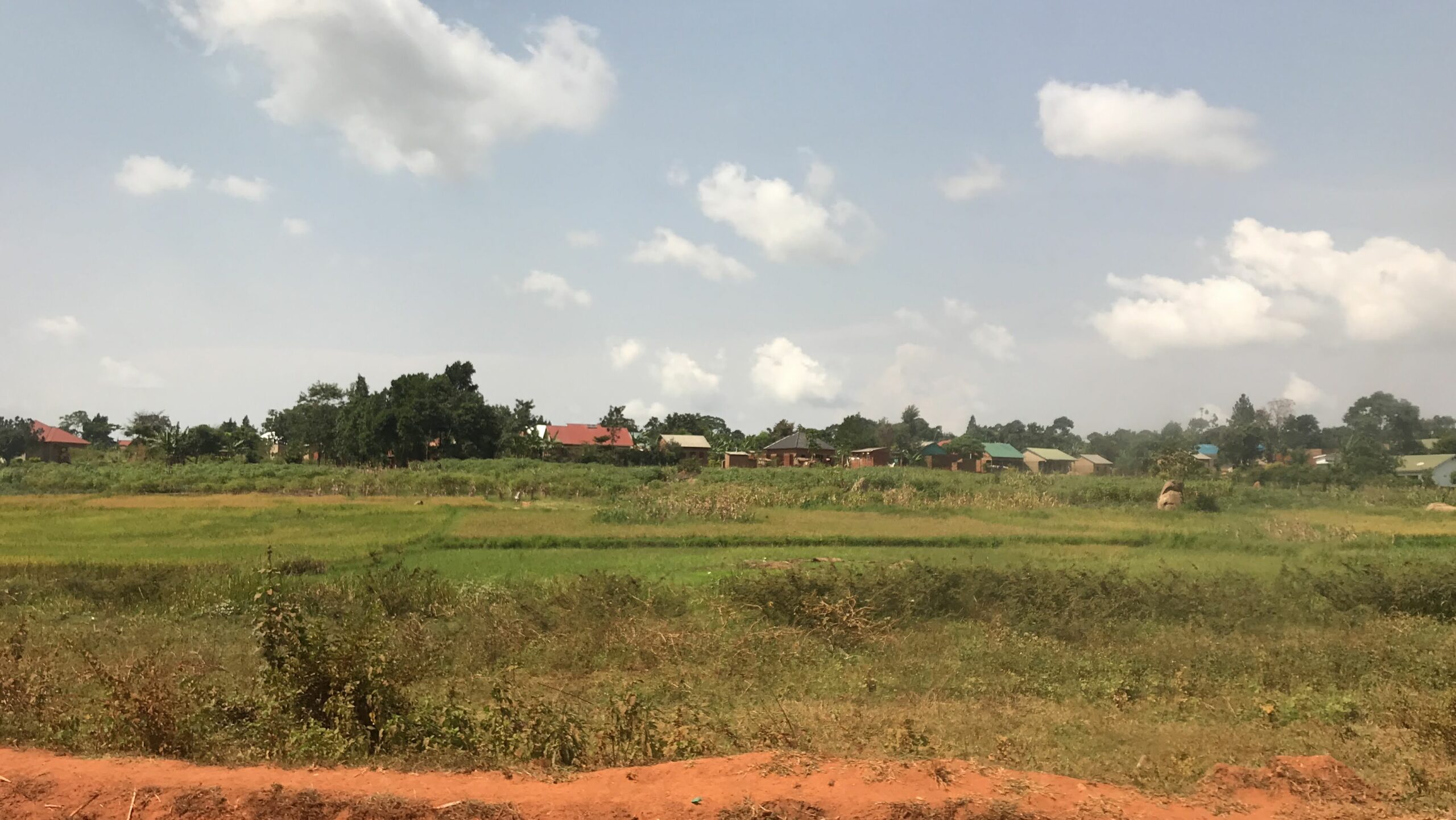


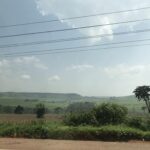
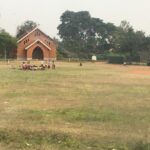

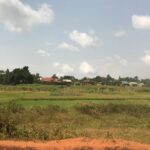
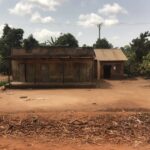



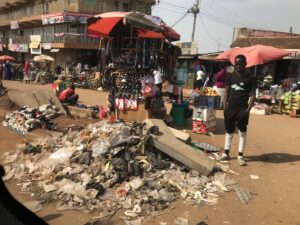
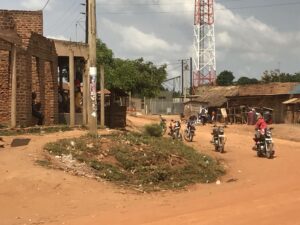
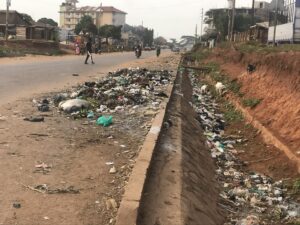
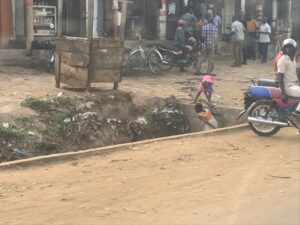
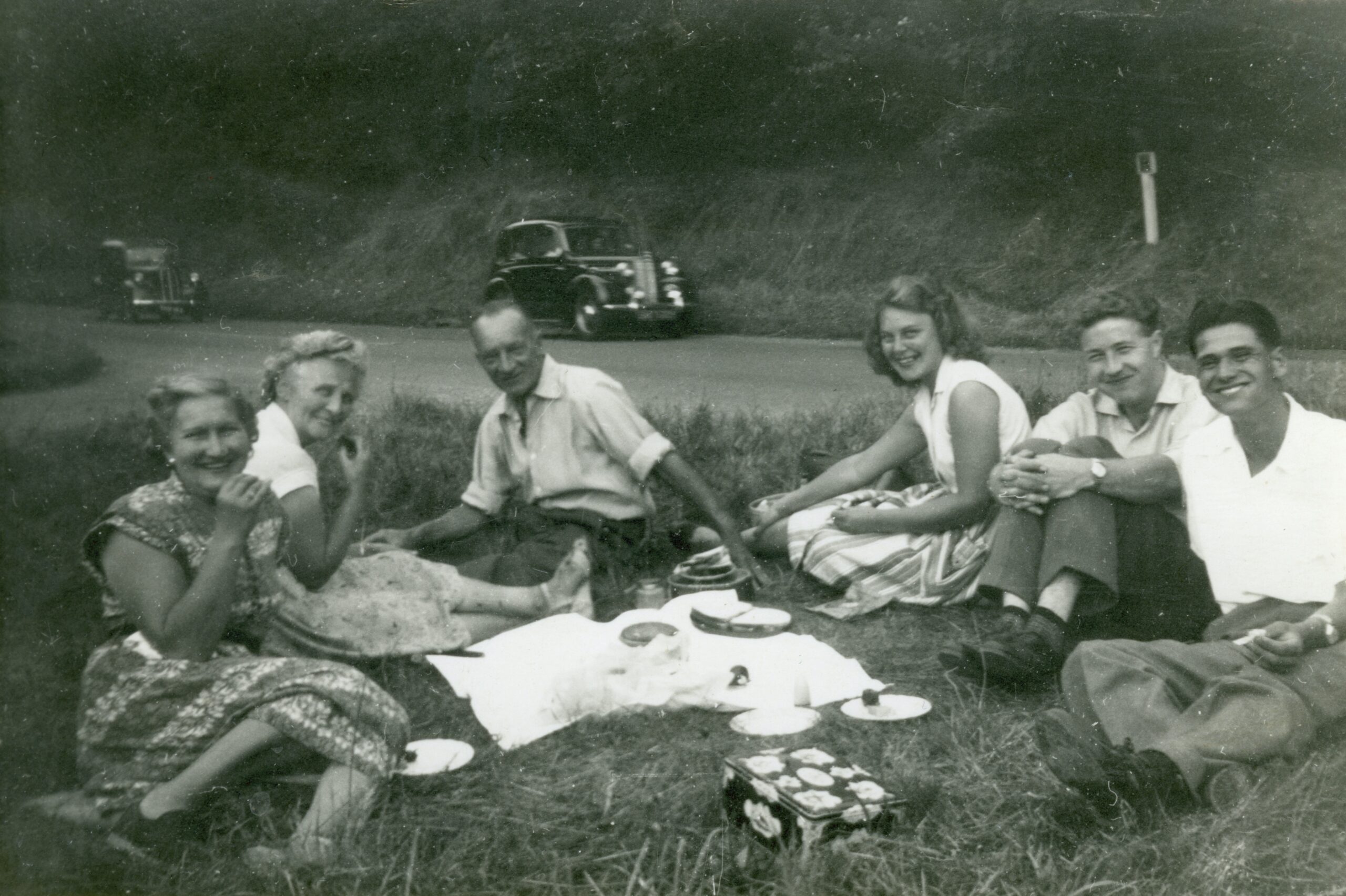
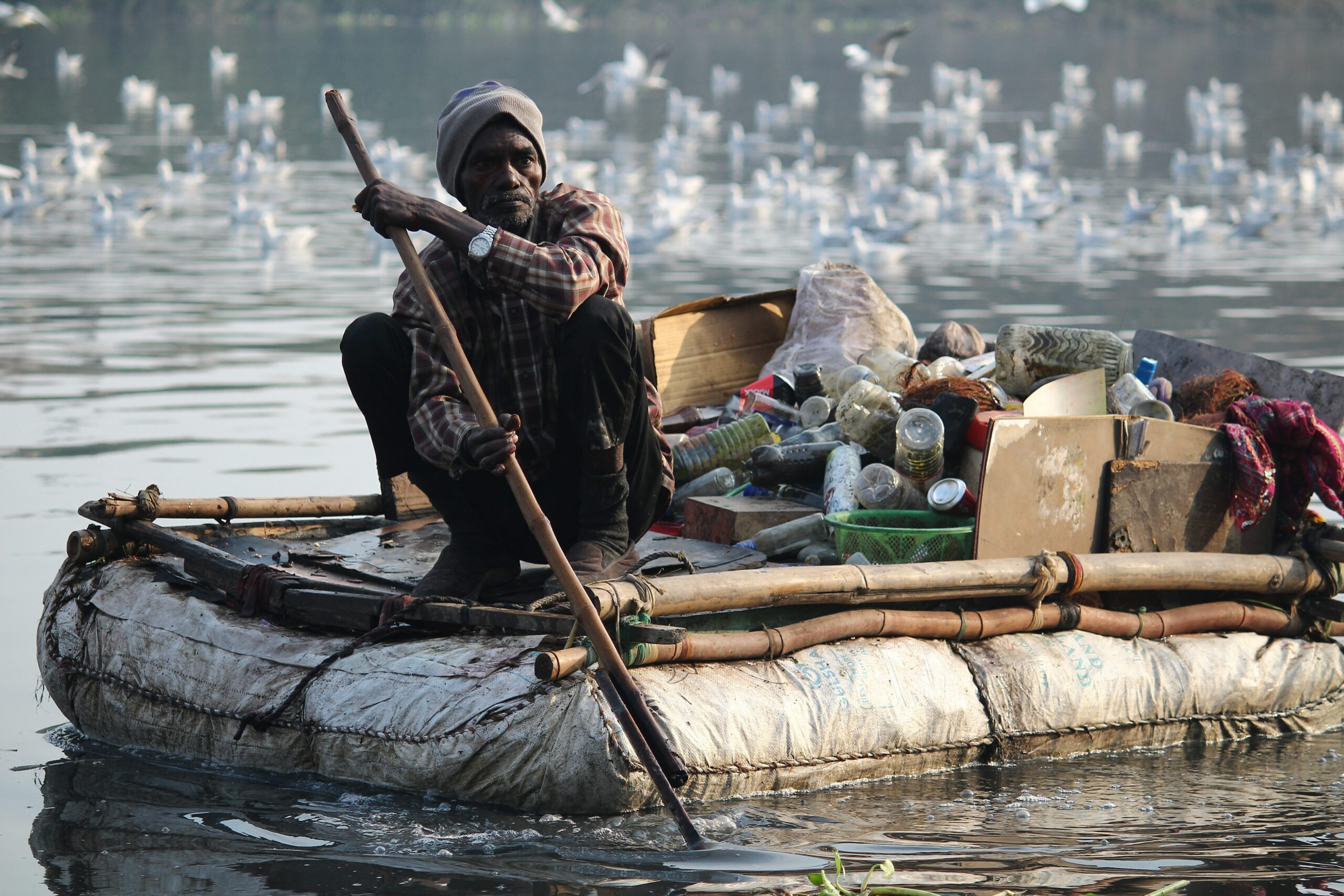
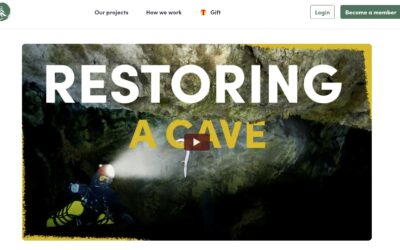
0 Comments